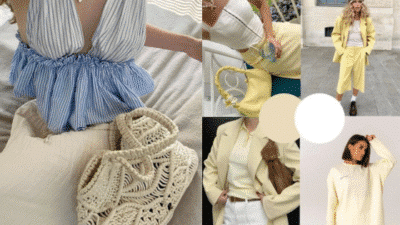When it comes to custom T-shirt printing, the quality of the print can make or break the design. Whether you’re designing for a brand, event, or personal project, understanding what goes into creating a high-quality T-shirt print is essential. A well-executed print not only enhances the visual appeal of the shirt but also ensures durability, comfort, and overall customer satisfaction.
In this guide, we’ll break down the critical factors that contribute to high-quality T-shirt prints, offering tips for designers looking to elevate their creations. From choosing the right fabric to ensuring proper print placement, every element plays a crucial role in achieving a professional finish.

Understanding the Basics of T-Shirt Printing
Before diving into the details, it’s important to grasp the basic T-shirt printing methods available. The most common methods are screen printing, Direct-to-Garment (DTG), Direct-to-Film (DTF), and heat transfer printing. Each method has its advantages and is suited to different types of designs, quantities, and fabric types.
Screen printing is one of the most popular and traditional methods. It’s ideal for large orders and designs with limited colors. However, it’s labor-intensive and not as flexible when it comes to intricate or full-color designs. On the other hand, DTG and DTF printing are more suited for small runs, complex designs, and full-color prints. These methods involve printing directly onto the fabric or through a transfer process, making them perfect for highly detailed artwork.
Understanding which printing method works best for your design is essential, as it impacts the final quality. For example, DTF printing uses a special process that transfers ink from film to fabric, allowing for crisp, vibrant prints that are highly durable. This makes DTF transfer an excellent choice for intricate designs and a wide range of fabric types. By selecting the right printing technique, designers can ensure the longevity and sharpness of their designs.
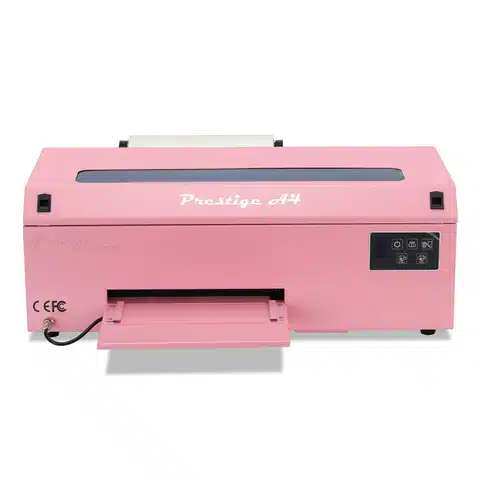

Choosing the Right Fabric for Printing
The quality of the T-shirt print is not just about the ink or printing technique—it’s also about the fabric. The type of fabric used can significantly impact how well the print adheres and how vibrant the colors appear. Cotton is the most common fabric used for T-shirt printing because of its softness and breathability. However, different types of cotton or blends can vary in quality, so it’s essential to choose fabric that works well with the chosen printing method.
For example, cotton fabrics are ideal for screen printing and DTG printing, as they allow the ink to soak in and maintain color intensity. Polyester fabrics, commonly used in performance and athletic wear, may require different inks or techniques like sublimation printing to ensure the print holds well. It’s also essential to consider the fabric’s weight—thicker fabrics, such as heavyweight cotton, may hold prints better than lighter fabrics, which might be more prone to fading over time.
Choosing the right fabric is not just about ensuring print quality—it’s about creating a comfortable and durable product for your customers.
The Importance of High-Resolution Artwork
One of the most critical factors in producing a high-quality T-shirt print is the resolution of the artwork. Low-resolution images can result in pixelation and blurry prints, while high-resolution artwork ensures sharp, crisp details. For the best results, designers should prepare artwork at a minimum of 300 DPI (dots per inch) and use vector files whenever possible.
Vector files, such as those in Adobe Illustrator, are scalable and allow for infinite resizing without loss of quality. In contrast, raster images like JPGs or PNGs can lose detail when resized, leading to a less-than-ideal print. By ensuring your artwork is high-resolution and in the proper format, you can avoid common mistakes like fuzzy text or pixelated graphics.
The right preparation will help the print job go smoothly and result in a design that looks as sharp on the fabric as it does on your screen.
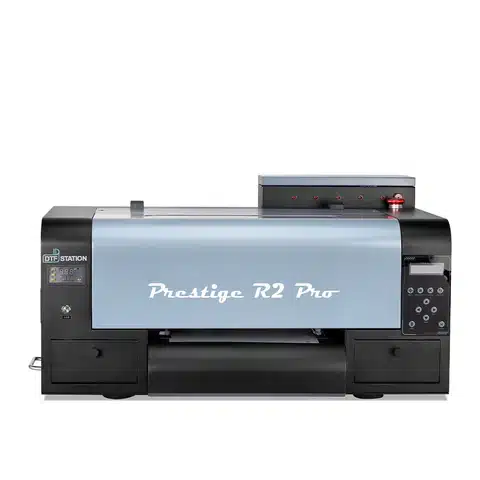
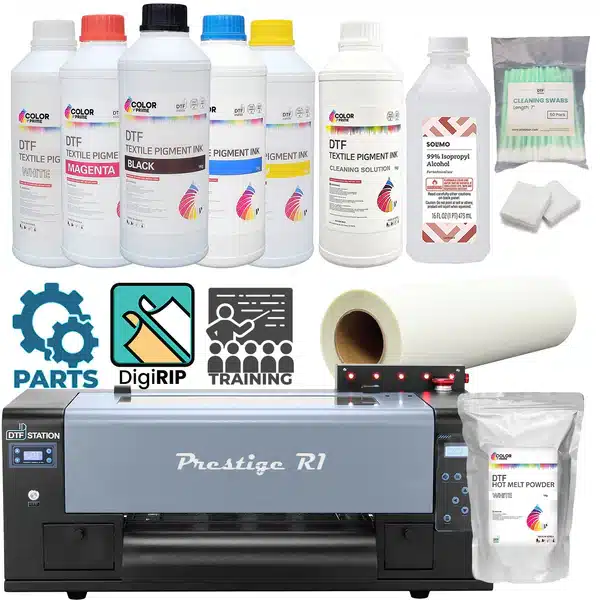
Color Accuracy and Ink Quality
Color is one of the most noticeable elements of a T-shirt print. For a design to truly stand out, the colors need to be accurate and vibrant. One of the most important things to consider is the type of ink being used. Different printing methods, such as screen printing, DTG, and DTF printing, use different types of inks that can affect how colors appear.
For example, screen printing typically uses plastisol ink, which sits on top of the fabric and is known for its durability but can feel heavy on the fabric. Water-based inks, on the other hand, soak into the fabric and create a softer feel, but may not be as durable in the long term. DTG printing often uses water-based inks, while DTF printing uses a different ink formula to ensure rich color and a soft finish.
Investing in high-quality inks ensures that the colors are vivid, long-lasting, and resistant to fading. It’s also important to calibrate your printer to ensure color accuracy, as printers can sometimes produce colors that appear differently on-screen than in the final print.
If you’re using DTF printing, choosing high-quality Direct-to-film supplies is essential. The film acts as a carrier for the ink before it’s transferred onto the fabric, and using inferior supplies can lead to poor results, including color inconsistencies and reduced print durability.
Print Durability and Longevity
No one wants a T-shirt design that fades after just a few washes. Print durability is a crucial factor in creating high-quality T-shirt prints. Several factors contribute to how long a print lasts, including the ink, fabric, and the printing method used. For instance, DTF printing typically results in prints that are more durable than heat transfer designs, which may peel or crack over time.
To ensure a print lasts, it’s essential to use the right combination of ink and fabric. For example, water-based inks tend to be more eco-friendly but can be less durable than plastisol inks. Choosing the appropriate ink for the fabric type and ensuring proper curing is also critical for longevity.
In addition to selecting the right materials, educating customers on proper care can help prolong the life of the print. Washing printed T-shirts inside out in cold water and air-drying them can prevent wear and tear, ensuring that the design stays vibrant for as long as possible.
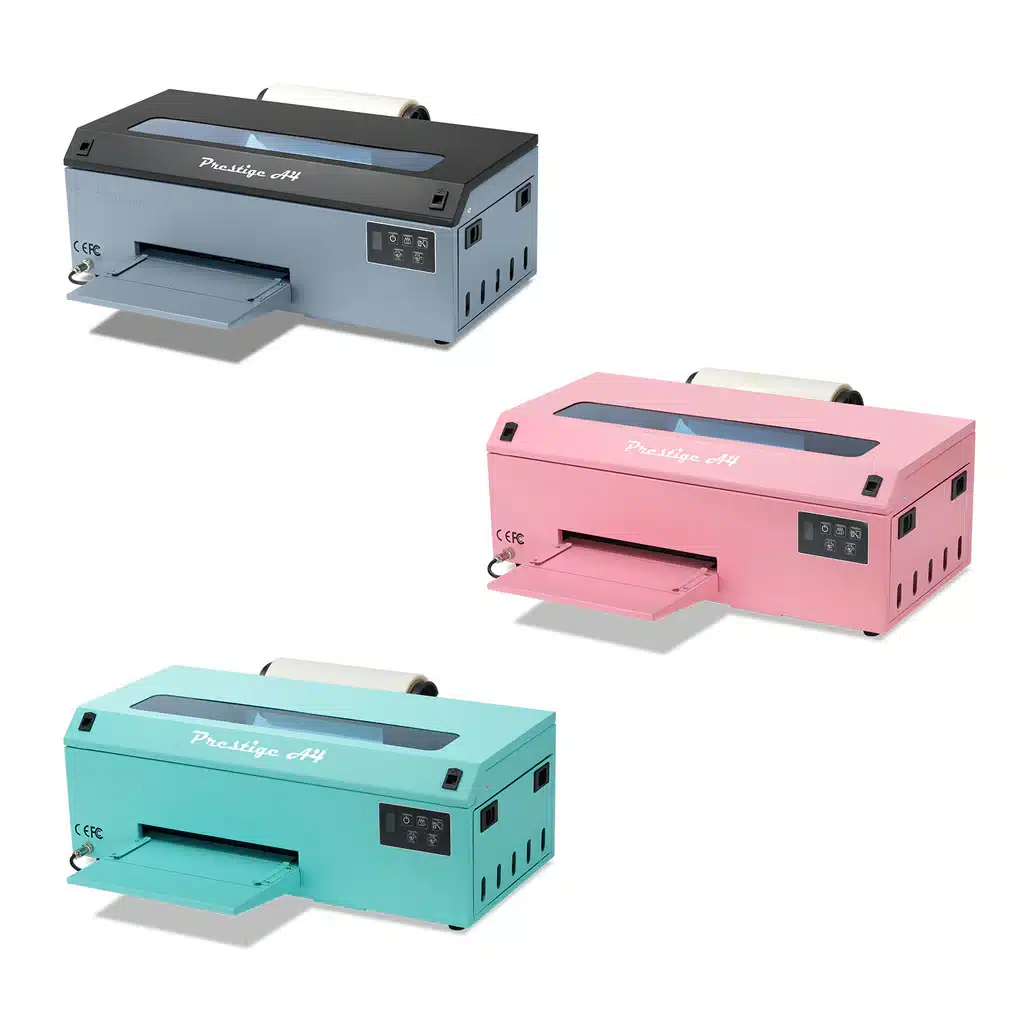
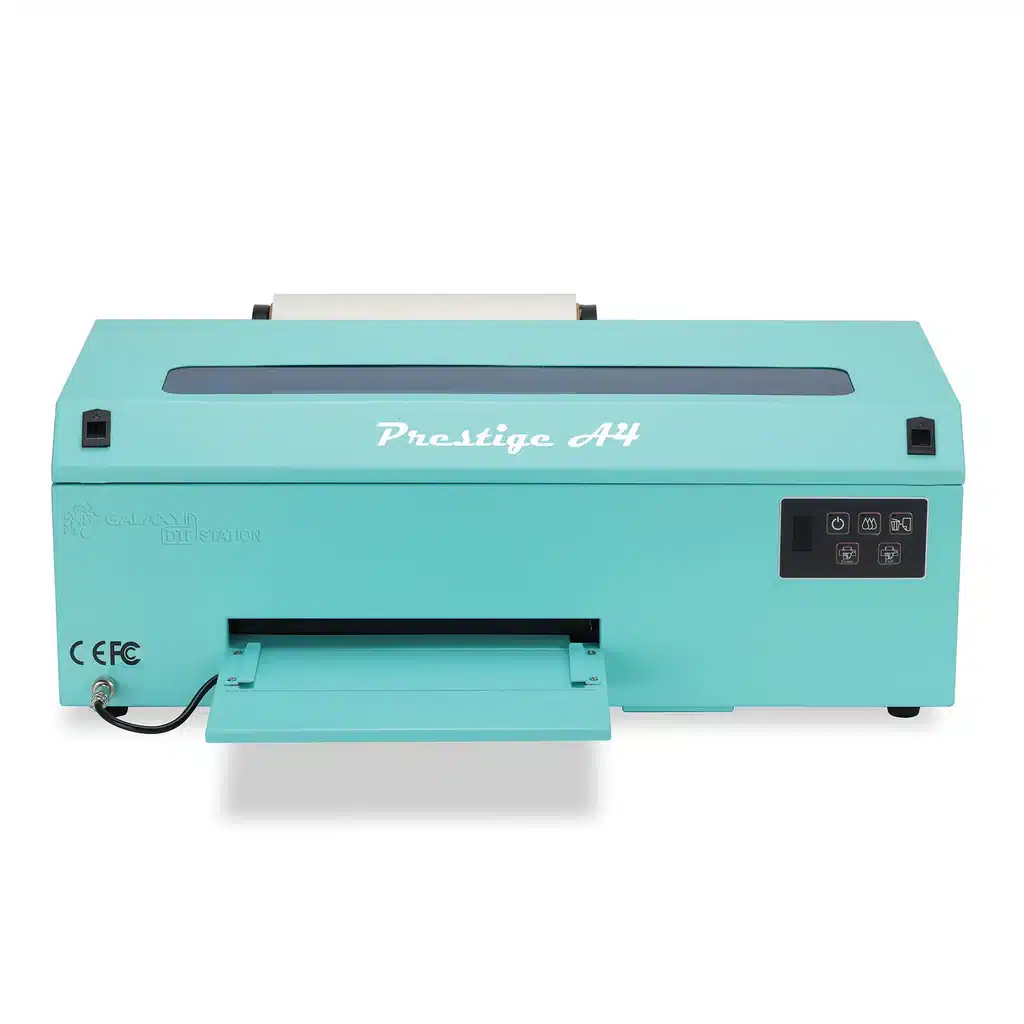
The Role of Proper Heat Pressing and Curing
Proper heat pressing and curing are essential steps in ensuring that the ink bonds effectively to the fabric. Whether you’re using screen printing, DTG, or DTF printing, heat is crucial for ensuring the ink adheres well to the fabric and doesn’t fade or peel over time. For DTF printing, heat pressing is used to transfer the design from the film to the fabric, and if not done correctly, it can lead to poor adhesion or a faded design.
Each ink type and fabric requires a specific curing time and temperature to ensure the best results. Failure to follow the correct procedures can result in prints that don’t last or that look blotchy. Investing in a reliable heat press and ensuring the proper settings are used for each job is a must for designers aiming for high-quality results.
Testing and Quality Control
Before diving into large-scale production, testing is essential to ensure that everything meets your quality standards. Running sample prints allows you to check for any issues with color accuracy, print alignment, or fabric compatibility. After printing, perform a wash test to ensure that the design holds up well after laundering.
Establishing a strong quality control process is essential for maintaining consistency across all prints. By regularly checking for flaws, such as fading, cracking, or smudging, you can ensure that your T-shirts consistently meet high standards of quality.
Conclusion
Creating a high-quality T-shirt print involves more than just choosing a cool design. It requires a thoughtful combination of the right printing method, fabric, inks, and careful attention to detail. By understanding these factors and using the best materials and techniques, designers can ensure that their prints are vibrant, durable, and truly stand out. Whether you’re creating custom shirts for personal use or designing for a larger audience, focusing on quality will ensure your creations shine and last.
- 0shares
- Facebook0
- Pinterest0
- Twitter0
